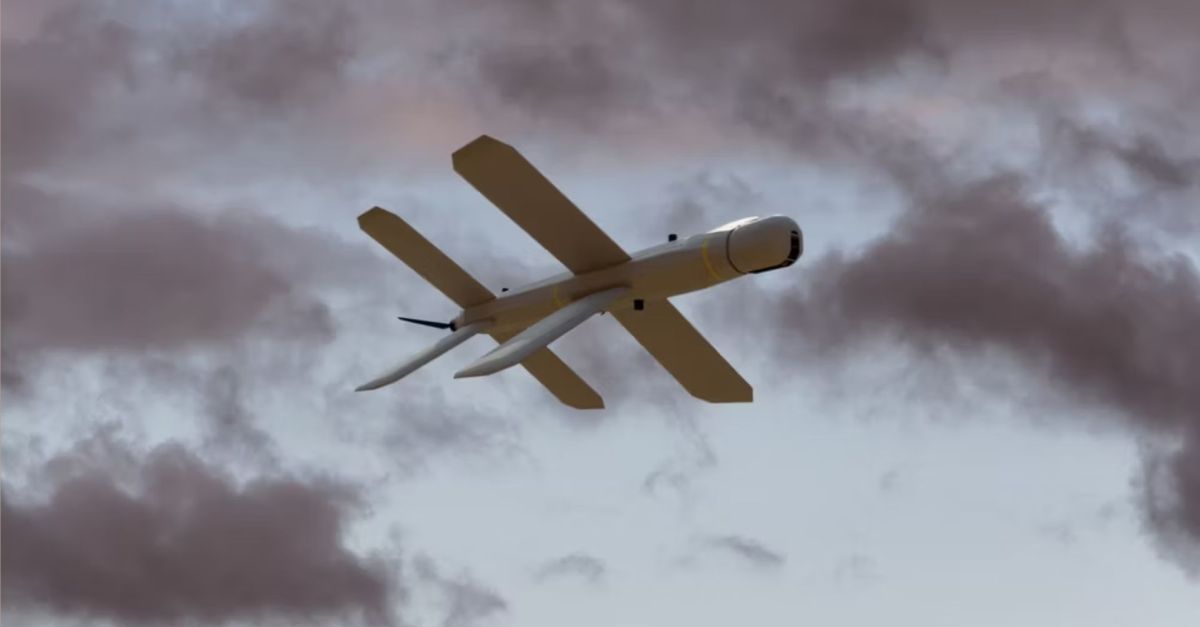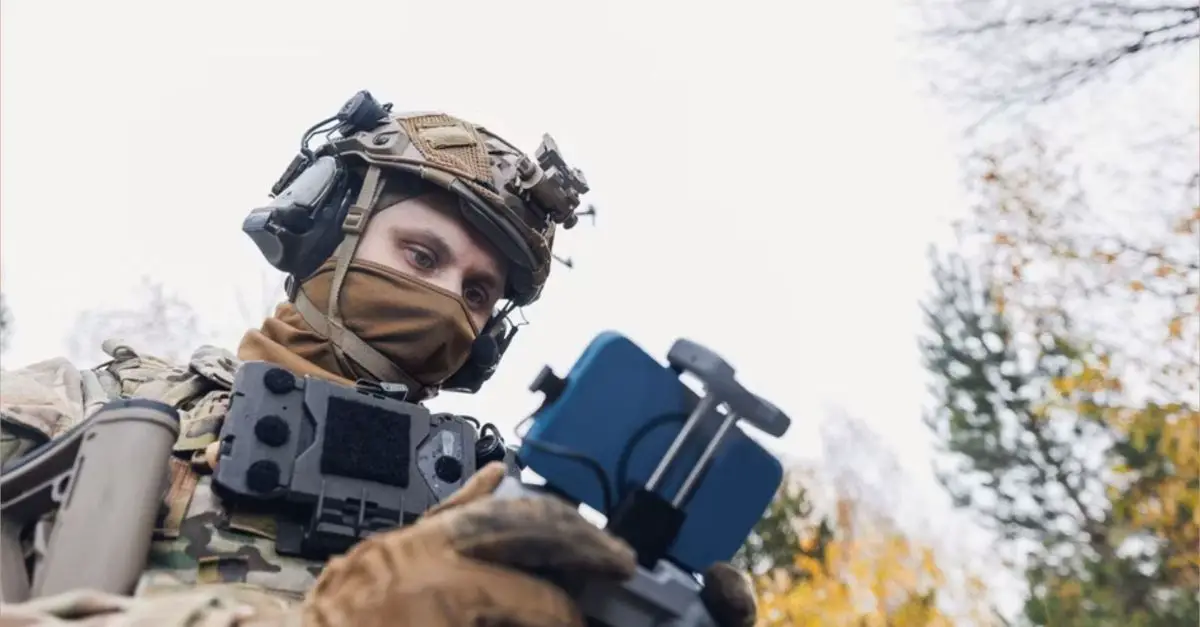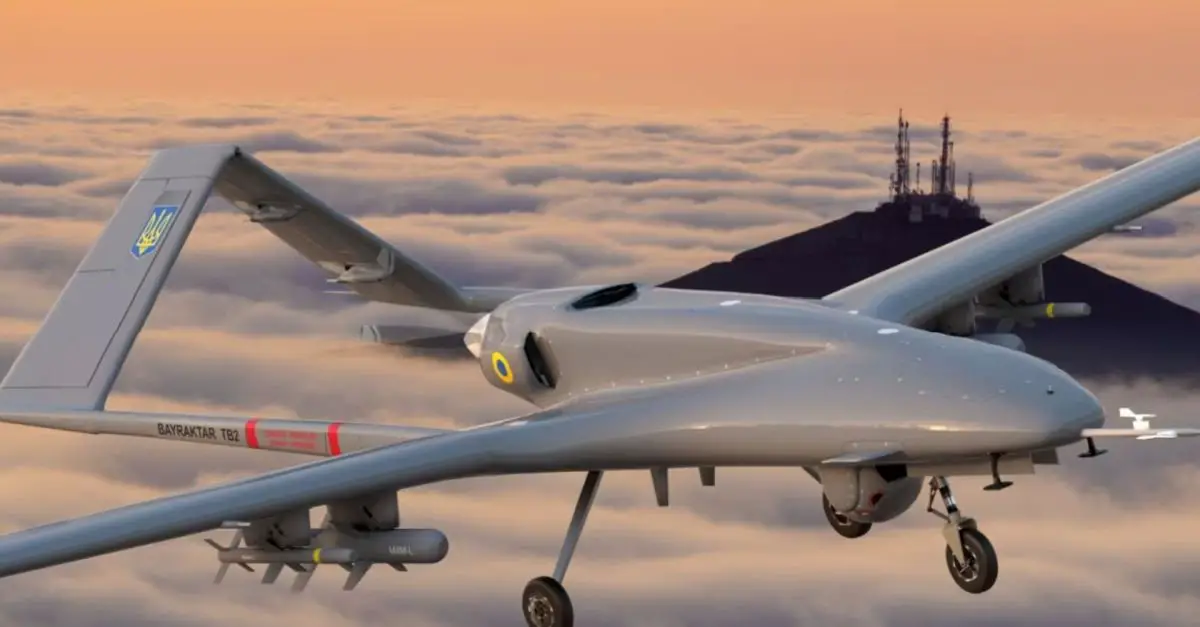Breaking news
Analysis : is Drone Dogfights A New Twist On Air War ?.
Videos shared on social media over the past three days show that Ukraine is now intercepting high-altitude Russian drones with its own drones. It has long been said that the era of aerial dogfights is over. However, it seems no one ever considered unmanned platforms, i.e., drones. The war in Ukraine, with its intense media coverage, highlights a new trend: drone dogfights.
Follow Army Recognition on Google News at this link

Russian lancet loitering munition (Picture source: Russian Armed forces)
In recent days, drone air battles have intensified over Ukrainian battlefields. This is a significant development that could have a substantial impact on the future of the war. Drone warfare is playing an increasingly central role.
Shortages of artillery, air defense missiles, and other resources are increasing the importance of drones on both sides. While missile-carrying drones like the Bayraktar TB2 were celebrated in the early days of the war, they became obsolete within weeks. The story of the "drone war" in Ukraine continues to evolve with countless twists and turns.
HALE Drone Intercepted
Just a few days ago, a video was posted online showing a high-altitude Russian drone being intercepted by another high-altitude Ukrainian drone. Although there have been videos since the beginning of the war of drones attacking other drones in mid-flight (often piloting an FPV quadcopter drone into another FPV quadcopter drone), this interception is the first of its kind.
The video showed a long-range Russian reconnaissance drone, the ZALA, being destroyed by another Ukrainian drone. The video appears to have been taken by a Ukrainian fixed-wing interceptor drone that flies up and takes out the ZALA. The interception took place at 2,100 meters or 6,900 feet. The main long-range Russian drones are the ZALA, the SuperCam, and the Orlans.

Ukrainian drone operator flying his drone (Picture source: Ukrainian Armed forces)
The Drone as a New Interceptor?
There simply aren't enough air defense missiles to counter all the mass-produced drones from Russia (and vice versa). Moreover, drones are much cheaper than missiles, making shooting them down an economic dead end.
However, high-altitude surveillance drones provide crucial targeting data for airstrikes, artillery strikes, and missile strikes. Without these drones, the Russian military would be essentially blind. It is therefore essential that Ukraine finds a way to neutralize them. This airspace defended by FPV drones should force Russian surveillance drones to fly higher, which would be a major disadvantage, as flying high significantly reduces reconnaissance capabilities and diminishes the drone's video feed resolution.
It's important to note that there is rarely a silver bullet or miracle solution in warfare. War is a game of innovation and counter-innovation, and so on. However, certain developments can give belligerents significant advantages, at least for a while.

Ukrainian Bayraktar TB2, turkish made attack UAV (Picture source: Ukrainian Armed forces)
Drone Warfare
Drone warfare in Ukraine marks a decisive turning point for military drones and the way war is conducted. It is evolving at a dizzying speed. What started with an ad hoc group of 80 drone enthusiasts helping to save Kyiv in the early days of the war (by reporting Russian positions on WhatsApp) has exploded. Today, Ukraine and Russia have more drone operators than many armies have regular soldiers.
In another drone development a month or two ago, a video was released showing a Ukrainian Yak-52 propeller trainer shooting down Russian Orlan drones over the city of Odessa, reminiscent of a 1945 air battle.
Drone warfare in Ukraine should not be compared to the use of military drones by the United States. In addition to basic FPV and reconnaissance drones, the United States operates many advanced drones (such as the Reaper and the Grey Eagle), which are not seen in Ukraine.
These drones are used for surveillance and missile strikes in low-threat environments (such as counterinsurgency operations). In a rare confrontation between the United States and Russia, a Russian Su-27 aircraft forced an American MQ-9 Reaper to crash during an incident over the Black Sea in 2023.
The United States is also seeking to develop a very different type of drone warfare by developing the AI-piloted Collaborative Combat Aircraft (CCA), also known as the loyal wingman drone, for its sixth-generation NGAD combat program.


























